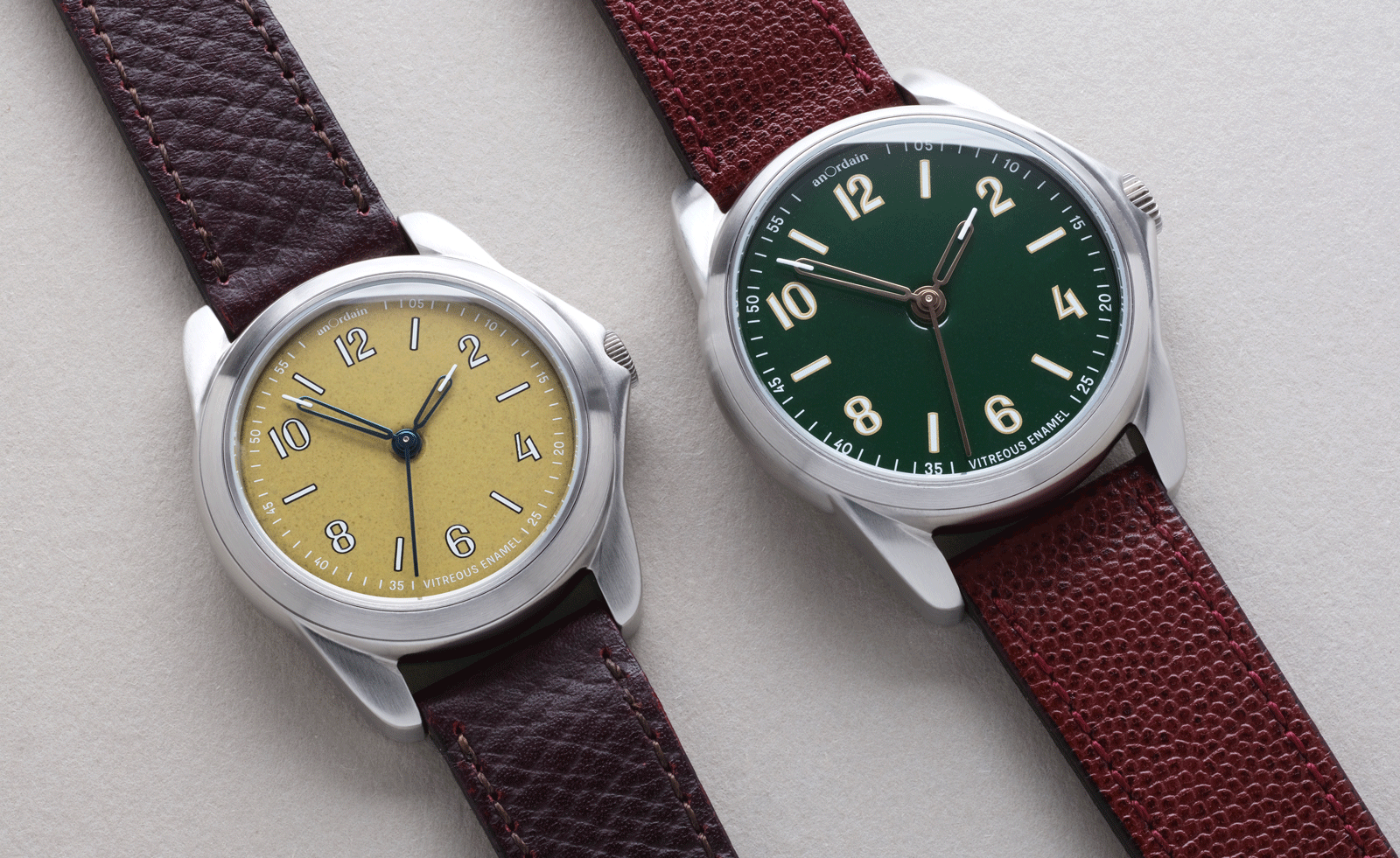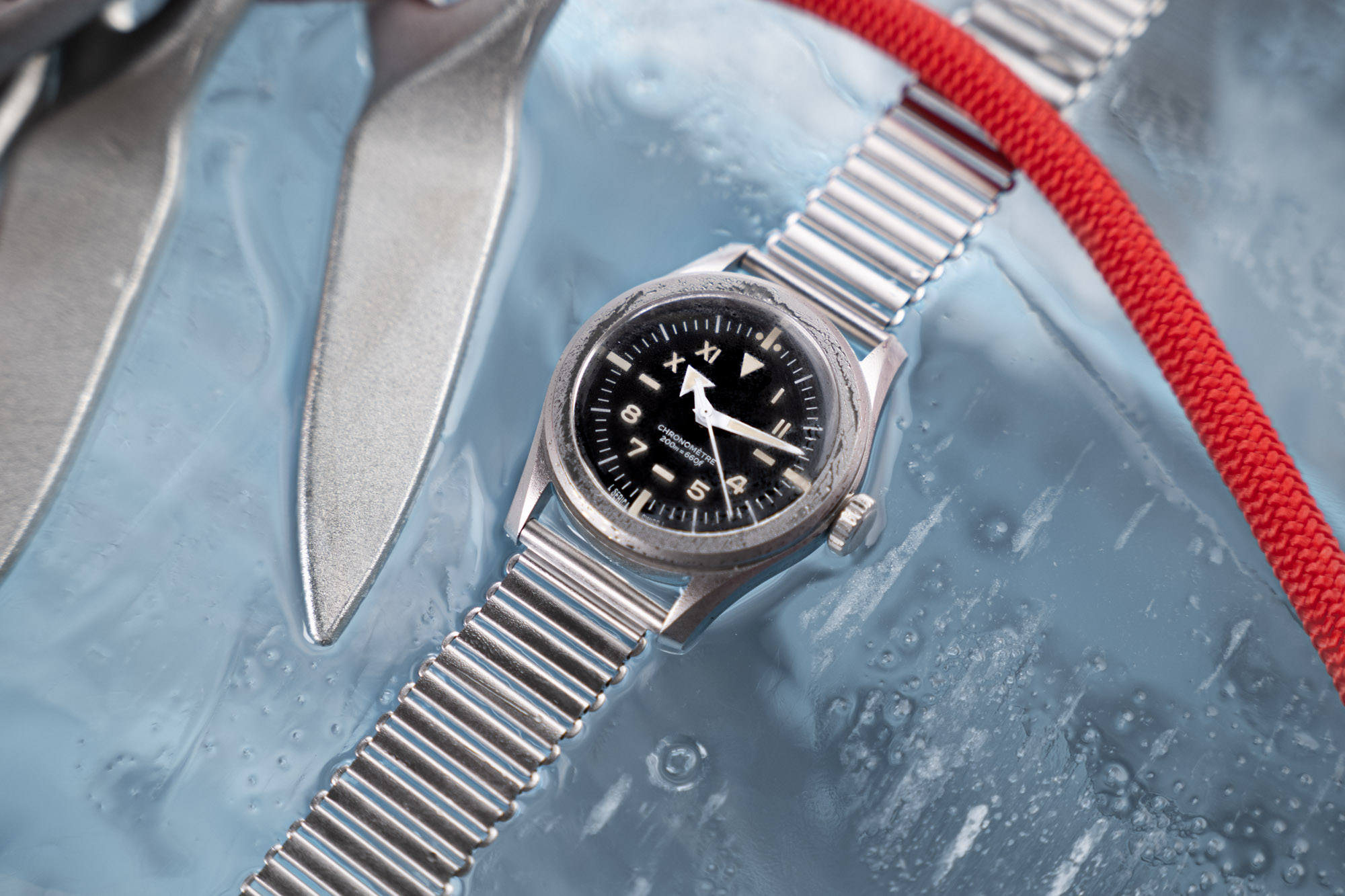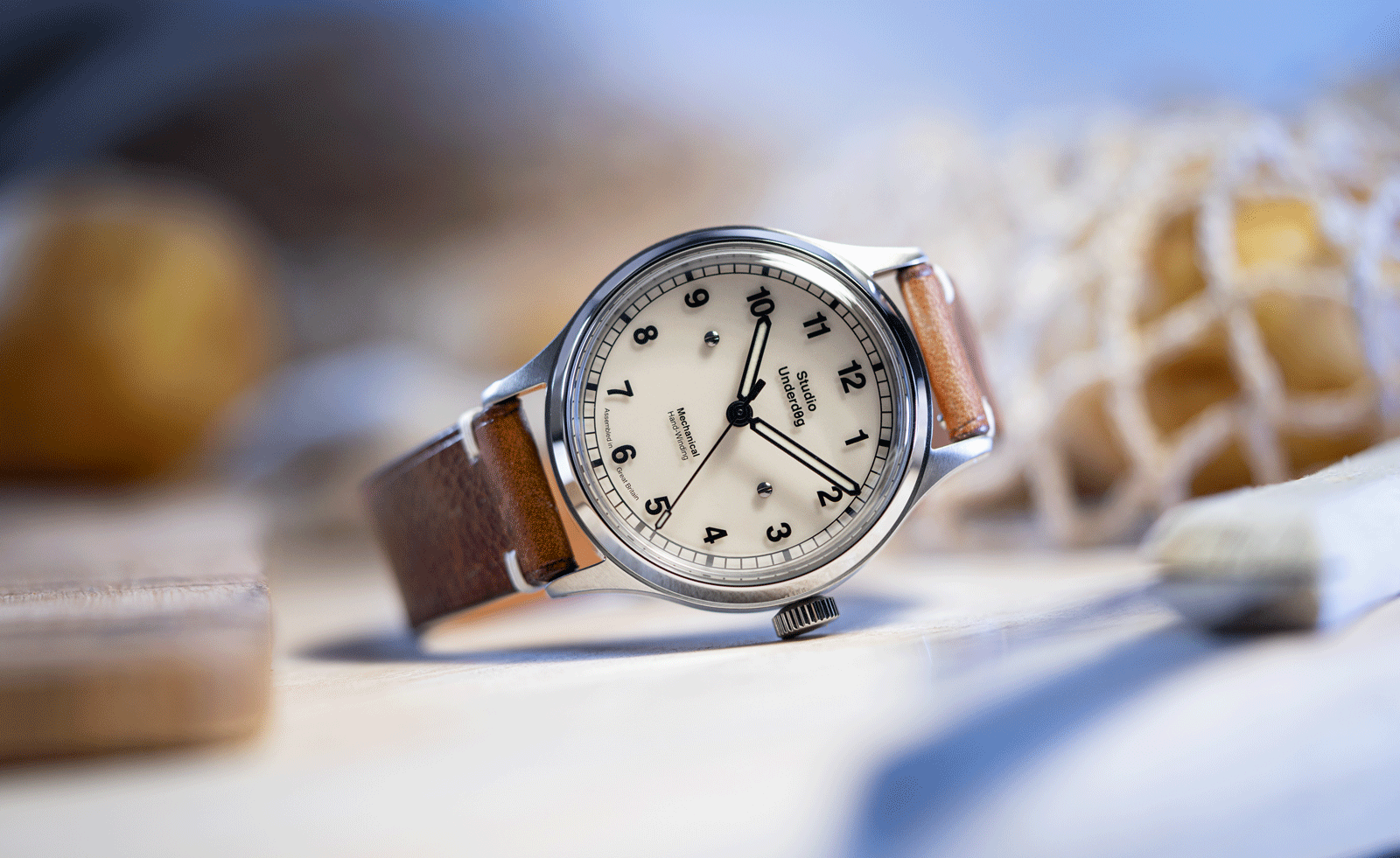Not so micro: the rise and rise of small watch brands
Many of the watch industry’s small, independent ‘microbrands’ are increasingly competing with legacy brands in specification and aesthetics – so what's next for the new guard?

The surge in pricing of watch models from legacy brands over the last five years is proving more disruptive than these historic names recognise, suggests Guillaime Laidet, co-founder of independent brand SpaceOne Watches. With increases of 20 per cent and climbing over that period – often attributed to inflation, unconvincingly – brand recognition is breaking down as a defining factor in watch purchase decisions.
‘Customers are well-informed and [via enthusiast blogs especially] do their own homework,’ he argues. ‘More than that, people aren’t stupid. They weigh up [the specifications] of a €2,000 watch and a €10,000 one and see they’re not that different. [Legacy brand] prices are becoming totally disconnected from reality.’
That understanding has come about, he argues, because of the growing number of comparison products from what were once sometimes haughtily dismissed as ‘microbrands’ – small, independent watch brands, chiefly operating online – such as SpaceOne Watches, Studio Underdog, Furlan Marri, and Echo/Neutra, to name just a few among hundreds. Arguably the most seismic change to the watch industry since the advent of the quartz movement, the rise of these small-scale, often enthusiast-led start-up watch brands – made possible by the new accessibility of parts and the ability to find an audience through the internet – is shaking up the status quo in ways also being seen in other industries, such autos and healthcare.
Certainly some microbrands are now increasingly able to compete with the legacy watch brands, especially with the latters’ more entry-level products, on specifications: microbrands Serica and Formex, for example, use COSC-certified movements; a few make their own parts; others are setting records – the world’s lightest watch now comes from the Ming microbrand. The new contenders are also right up there in terms of making products bearing those hallmarks that once set legacy brands apart, as seen in the open dial and integrated bracelet of exciting British watch brand Christopher Ward’s recent C12 Loco model.
But, argues Thomas Van Straaten, founder of Venustas Per Constantiam (VPC) – now working on the launch of the world’s thinnest 200m dive watch – where microbrands are really storming ahead is in aesthetics, standing out against the legacy brands through a more striking use of colour, typography and form. Legacy brands ‘have to cater to marketing and sales data’, he says – a necessity to reach a large global audience – as well as stay in the lane ascribed by their luxury conglomerate owners, often resulting in rather humdrum, same-again designs. By contrast, the business models of microbrands entail lower volumes and direct-to-consumer sales, allowing them to, as Van Straaten puts it, ‘get out of that specs rat race, because what’s next, trying for an in-house movement?’
That way lies competing with the legacy brands rather than carving out a proposition that democratises mechanical watch ownership, he contends. And for which there is clear demand, according to microbrands’ multi-million dollar turnovers, attendance at dedicated shows like the Windup Watch Fair, and even the possibility of the first multi-microbrand bricks and mortar retailers (retailer Pérpetual Gallery already operates both online and from a Dubai shop, for example).
Indeed, ‘the microbrand market is so incredibly crowded now that, in order to have longevity, a microbrand really needs to have something to set it apart’, argues Lewis Heath, founder of AnOrdain, which specialises in enamel dials – again, something that used only to be found in high-end watches. ‘It’s also become clear over the last five years how easy it is to launch a watch brand, so you have to be self-critical as to whether you’re adding anything or just making another “nice” watch.’
Receive our daily digest of inspiration, escapism and design stories from around the world direct to your inbox.
And therein also lies the next big question facing the microbrand sector: since its models could get ever more complex, technically and aesthetically, should its members also chase high prices – effectively seek to compete head-to-head with legacy brands, with many now in the €3,000-plus range – or stay small and accessible? Federico Zulian, co-founder of microbrand HTD, argues that the answer lies in maintaining the sector’s emphasis on good value. He would, he says, like to offer a gold chronograph at around €10,000. That’s a lot of money, he concedes, ‘but the point is that it’s hard to find a gold chronograph at that price [from the legacy brands]. It’s going to be important to keep telling a different story to them.’
Josh Sims is a journalist contributing to the likes of The Times, Esquire and the BBC. He's the author of many books on style, including Retro Watches (Thames & Hudson).
-
 Friction-free movements will revolutionise the watch industry – why don't we have them yet?
Friction-free movements will revolutionise the watch industry – why don't we have them yet?Oil is the reason your mechanical watch requires periodic (and expensive) servicing. Finding ways to do without it altogether remains, as it has been since the 1700s, the holy grail of watchmaking
-
 Robert Stone’s new desert house provokes with a radical take on site-specific architecture
Robert Stone’s new desert house provokes with a radical take on site-specific architectureA new desert house in Palm Springs, ‘Dreamer / Lil’ Dreamer’, perfectly exemplifies its architect’s sensibility and unconventional, conceptual approach
-
 Backstage at the Old Vic is all about light, theatre and sustainable action
Backstage at the Old Vic is all about light, theatre and sustainable actionThe theatre's new creative hub by Haworth Tompkins has completed, bringing a distinctly contemporary and colourful addition to the popular theatre space in South London


